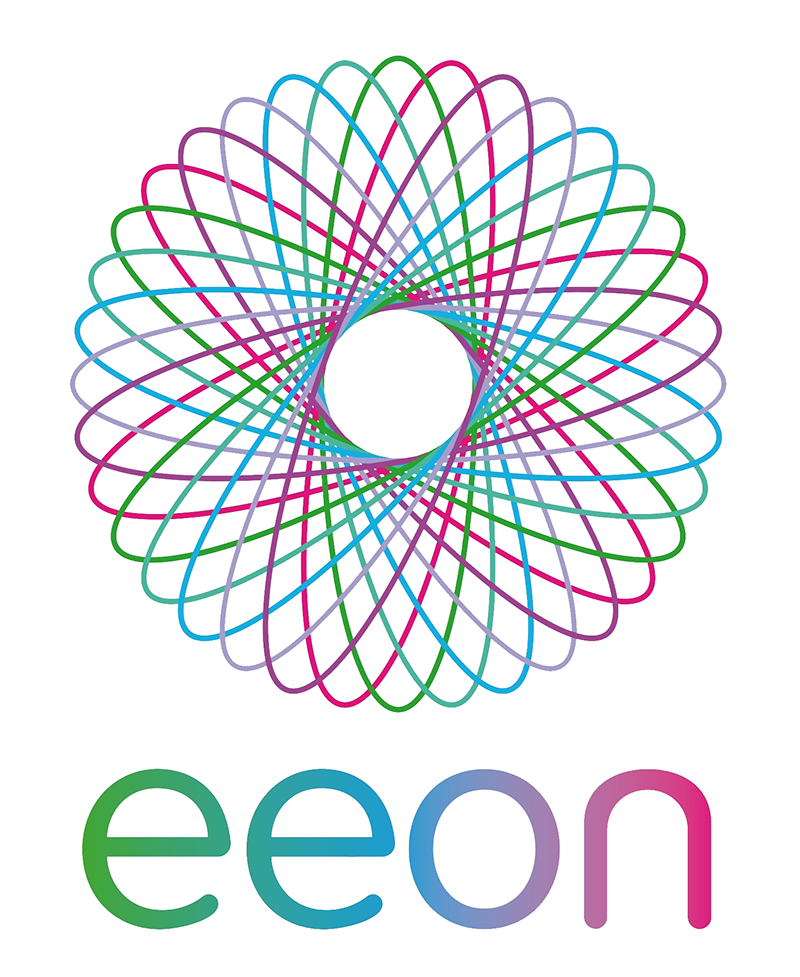How Organisations Can Help
Brought to you by EEON and beyondblue, ‘Creating Mentally Healthy Workplaces’ was an event with presentations by Melissa Williams and Rae Bonney, held on June 20, 2017 in Melbourne.
It’s highly likely either ourselves or someone we work with will experience some form of mental illness at some point over our working lives.
- Do you know how to make your workplace mentally healthy?
- Do you know how to put support systems in place to help individuals & your workforce?
- Do you and your managers & employees know what to say and do if someone experiences mental illness?
- Do you know how to look after your own mental health?
Many of us, want to ‘do the right thing’ but we just don’t know exactly what that is. These presentations taught us how to better answer those questions so we are looking after ourselves AND our workforce.
If you missed it or would like more information, you can access these presentations here: Melissa Williams Presentation, Rae Bonney Presentation.
Melissa generously shared with us a framework for handling mental health issues in your workplace which we highly recommend as it includes several links to additional resources and information you will find useful.
In respect of the key themes which an organisation might include in an action plan depending on the assessed risk, research supports looking at the areas below.
- Raising awareness and reducing stigma
- Supporting staff within the workplace with mental health conditions
- Reducing risks associated with mental health
- Promote positive mental health
1. Raise awareness and reduce stigma:
· beyondblue have a wide range of print, TV, video, infographics and Social Media materials that you can use and disseminate to highlight the need for a mentally healthy workplace and point people to further resources
· The Getting started kit, is a wonderful resource, that provides assistance with the early stages of planning, including the downloadable resources you can use to plan internal and external communications
· We encourage organisations to make information around mental health readily available to improve mental health literacy. The links and downloadable resources can be used on your internal communications/intranet.
· Often organisations like to share information and learn from other workplaces regarding what they are finding effective- we have a wide range of written and video case studies highlighting how employers are creating mentally healthy workplaces.
· Training such as our free, online Mental Health Toolbox Talks
· Programs including National Workplace Program and beyondblue Speakers Bureau
2. Supporting individuals in the workplace with mental health conditions:
· Having a conversation is a great e-learning module that managers and employees can use to build their skills to have important conversations
· self-directed online training options
· developing a plan-RTW plan templates & reasonable adjustment advice
· Programs such as National Workplace Program and Mental Health First Aid. Explorehttps://www.headsup.org.au/
· Ensure managers and employees know where to go to find help. It’s important that workplaces make this information available. For example:
o Employee Assistance Programs (EAP) offered internally
o beyondblue website & beyondblue Support Service
o Heads Up website
o GP – Medicare mental health care plans
o National helplines and websites
- Reducing risks associated with mental health:
· Action Planning – The Action Plan tool can be used to link workplaces into the numerous resources and advice based on their identified challenges.
· The tools below also provide strategies to reduce identified risks:
o Safe Work Australia and the People at Work Project
o HSE-UK psychosocial assessment tool
o Business in the Community Mental Health Toolkit for employers (UK)
· Training such as our Managing mental health risks at work
- Promote positive mental health:
· Implement programs that focus on worker and organisational strengths, opportunities and resources reinforcing the resilience and supportiveness of the workplace
· Supporting employees to prioritise and maintain positive mental health both in the workplace and at home
· Reinforce how each employees’ work benefits others and identify long-term positive impacts created by the work
· Adopt a strong and clear approach to dealing with discrimination, harassment and disruptive behaviour
· Supporting managers and leaders in developing a style that promotes positive mental health
· Resources to assist with promoting positive mental health in the workplace
In terms of the actual process of implementing your strategy, the following steps are recommended and based on a best practice approach.
- Gain Leadership commitment
· Financial case- Visit ‘building a Business Case’ and the Heads Up ROI Tool
· Highlight legal obligations
· Share a personal story and/or video or invite a speaker (beyondblue Speakers Bureau) to raise awareness and highlight the importance of creating a mentally healthy workplace.
Leaders need to openly and publicly demonstrate active commitment- if leaders (including frontline managers) feel comfortable to share a personal story this can have a large impact on reducing stigma and raising awareness in an organisation. Inviting an external speaker can also be effective.
- Consultation and Communication:
· Again, communicating commitment to creating a mentally healthy workplace to staff- explore the Getting started kit. These steps might help you in the early stages of your planning, including the downloadable resources that you can use to plan internal and external communications about your approach i.e. email to managers and employees template, speaking notes etc.
· Employee Participation- Identify a champion/ steering committee to promote an integrated approach. This will also assist in obtaining feedback from staff to help an organisation understand their current environment i.e. what programs/services are currently offered etc.
- Conduct a needs assessment-identify risks:
· Review what programs and policies already exist. What are the gaps? Review data such as, retention rates, incident and injury registers, absenteeism, exit interviews, EAP data, engagement survey’s, workers compensation data. This will help workplaces identify trends/areas of opportunity.
· Use a risk assessment tool such as:
o Safe Work Australia and the People at Work Project
o Use the questions in the Heads Up Action Plan tool and translate into a survey monkey
o HSE-UK psychosocial assessment tool
o Business in the Community Mental Health Toolkit for employers (UK)
- Minimise the identified risks/ implement an action plan based on the assessed risk:
· The Action Plan tool can be used to link workplaces into numerous Heads Up resources and advice based on the identified challenges. If you register, you can also use it to allocate tasks to individuals as well as keep track of their progress.
· Many of the other tools mentioned above also provide strategies to minimise risk.
- Monitor and evaluate- continuous improvement:

